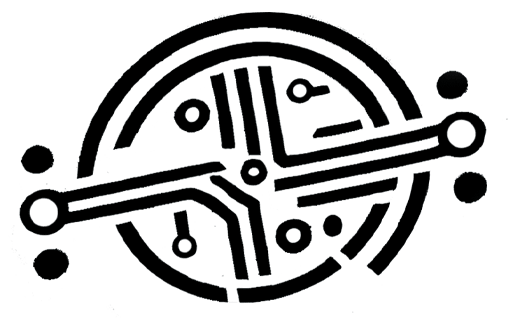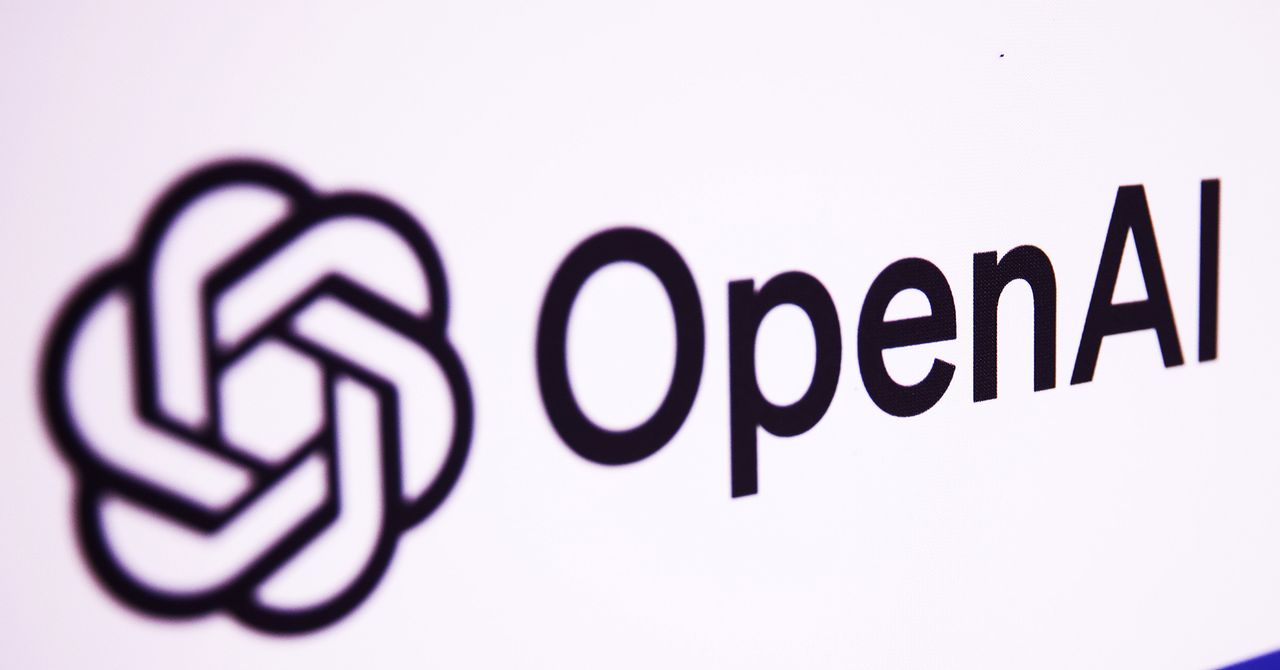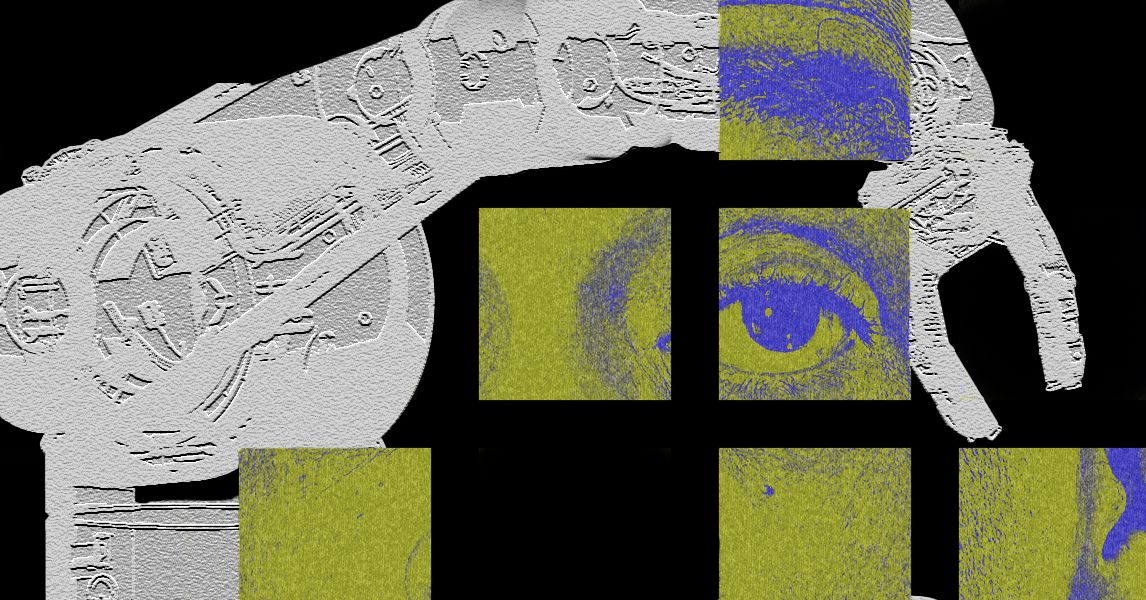My first meeting It was unforgettable with Bill Atkinson. It was November 1983, and the report for Rolling Stone, I gave access to the Macintosh Computer Team, which was due to be launched early next year. Everyone told me, “Wait to meet Bill and Andy”, referring to Atkinson and Andy Herzfeld, two main writers of MAC software. That’s what I wrote about the encounter in your book, Excellent:
I first met Bill Atkinson. She had a long co -worker with unfair hair, a peanut villa and blinking blue eyes, she had the unparalleled intensity of Bruce Darren in one of his turns as a unique veterinarian in Vietnam. Like anyone else in the room, he wore jeans and a t -shirt. “Do you want to see a bug?” He asked me. He pulled me into his compartment and pointed to Mac. Filling the screen was an incredibly precise painting of an insect. It was beautiful, something you might see at an expensive workstation at a research lab, but not on a PC. Atkinson laughed at his joke, then became very serious and spoke in a severe whisper that heed his words. “The barrier between words and broken images is.” “So far the art world has been a sacred club. Like good China. It is now for daily use.”
Atkinson was right. His assistance to Macintosh was very important to achieve the success he whispered in Apple’s office known as Bandley 3. A few years later, he helped unilaterally with a program called Hypercard, which protected the World Web Network. Through all this, he retained the energy and atmosphere of Devy and inspired all those who change the world through the code. On June 5, 2025, he died after a long illness. He was 74 years old.
Atkinson did not intend to pioneering personal calculations. As a graduate student, he studied computer science and neurology at the University of Washington. But when he met Apple in 1977, he fell in love with the company he built a year later. He was an employee No. 51. In 1979, he was among a small group that Steve Jobs led to the Xerox Parc Research Laboratory and exploded by the graphic computer interface he saw. It was done to translate this prospective technology into the consumer and work on the Lisa Apple project. In this process, he invented many of the conventions that still continue on today’s computers like menu bars. Atkinson also created Quickdraw, a pioneering technology to draw the efficient display of on the screen. One of these objects was the “round” box-a rounded corner that could be part of the calculations of everyone. Atkinson had resisted the idea until Jobs made him walk around the block and see all the traffic signs and other objects with rounded corners.
When Jobs took over another Apple project inspired by Parc technology, Macintosh, he hunted Atkinson, whose work had previously influenced the product. Herzfeld, who was responsible for the MAC interface, once explained to me that Lisa devoted her features to MAC: “Whatever Bill Atkinson did, I got nothing and nothing else.” He said Atkinson, disappointed with Lisa’s high price tag, accepted the idea of a more affordable version and began writing Macpaint, an app that would allow users to create art on the Mac Bit page.
After launching the Mac, the team began to unveil. Atkinson had the title of Apple’s colleague who gave him the freedom to pursue enthusiasm projects. He started working on what he called Magic Slate-a high-resolution display weighing under a pound and could be controlled by a pen and on the touch screen. In essence, he designed the iPad 25 years earlier. But the technology was not ready to create something at a reasonable, miniature and powerful price (Atkinson hoped to be cheap enough to lose six years and not be bothered.) “I once wanted to taste it.”





